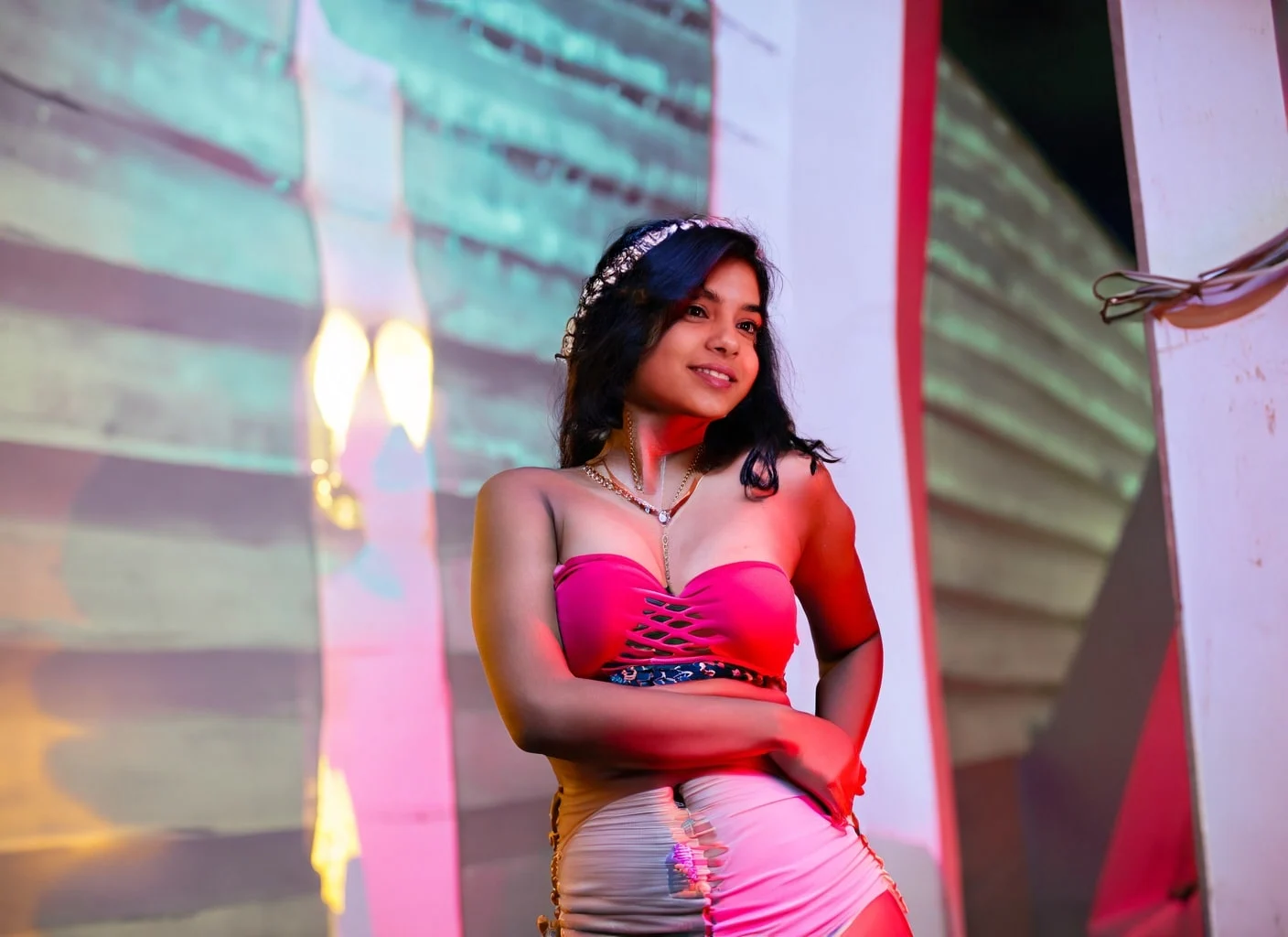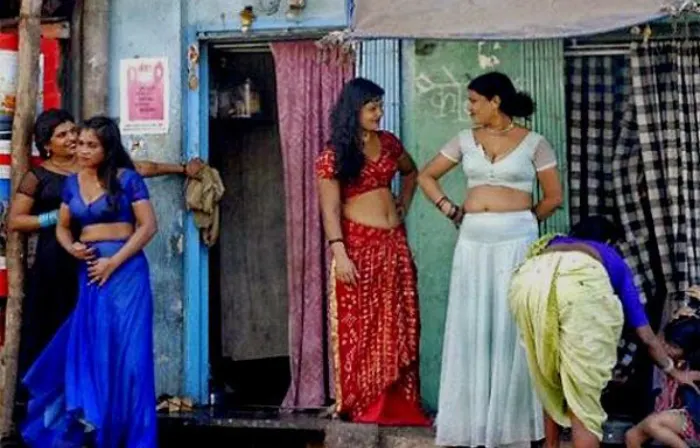
One of the most fabled red-light districts of India, Kamathipura takes its shape from the bustling Mumbai, Maharashtra. Unlike Sonagachi in Kolkata which is the biggest red-light area in India, it also has an exceeding, population of over five thousand sex associates.
The composites of individuals who depend their living on sex are, Female sluts, male whores and trans shemale escorts The sex workers mostly hail from the non-accessible areas Devdasi pata, Karnataka, Andhra Pradesh, Maharashtra, Solapur, from the adjoining areas of Telangana, and parts of Maharashtra. It has been a known figure ever since 1795 during the realm of the British empire.
Being the oldest hub of harlots in India, it was formerly known as ‘Lal Bazar'. A total of 1-14 lanes are integrated in this area, and these areas are specially designed as prostitute's homes where sex is catered by the clients and sex- maniacs.
The prices set here may be applied tentatively; based on the demands made.
The former ones are frequenting by men and most demanding ones, which is offered on first come first serve basis. The category of the said topic comprises of, college girls, and misers who offers sex to strangers for money.
The below mentioned places are the center- stage of Mumbai red light area in Mumbai. These areas are sexually commercialized syndicates, propelling to pursue the course of prostitution, where accommodation of sex workers is established, the following places are:
Kamathipura stands as one of the most infamous red light areas in Mumbai. Located centrally, it has been an enduring symbol of the city's underbelly. The name "Kamathipura" traces its origins to the "Kamathis" (workers) from Andhra Pradesh who once plied their trade here during British rule. This area has been catering to the needs of patrons since as far back as 1795 when it was known as 'Lal Bazar' under the British Government.
Today, Kamathipura is home to a staggering number of sex workers, with most hailing from remote areas of Karnataka, Telangana in Andhra Pradesh, and parts of Maharashtra. While it was once dominated by Devadasis, the trade now mainly consists of sex workers from West Bengal and Bangladesh.
If you're seeking a discreet experience in the Mumbai red light district, Pila House may be your destination. This unassuming brothel, nestled in the city center, is known for its affordability and the beauty of its women, who come from various parts of India. Pila House offers a diverse selection of companions, ensuring that clients can find exactly what they desire.
Ghatkopar, located in the eastern part of the city, is another significant red light district in Mumbai. Here, an estimated 1,500 sex workers ply their trade. The area is famous for its labyrinthine lanes, colloquially referred to as "prostitute lanes."
Sonapur is one of the most concealed red light areas in Mumbai, located near the picturesque Juhu beach. However, it is far from idyllic, as it is known for illicit activities. Additionally, this area is home to many drug addicts and individuals involved in criminal activities.
Tucked away near railway tracks in the northwestern part of the city, Garib Nagar is one of the lesser-known red light areas. It is home to many sex workers who hail from different parts of India. The area is also known for its involvement in the drug trade.
Grant Road, situated in the southern part of Mumbai, is one of the city's most popular red light areas. It is known for offering affordable sexual services. However, it is important to note that this area is not without its share of dangers, making it unsafe for women or children to be alone in this vicinity.
Falkland Road, located near Grant Road station, is another well-known red light district in Mumbai. It is home to hundreds of sex workers and is also known for its affordable hotels and lodges, catering to both tourists and business travelers.
Dongri is yet another red light area in Mumbai known for providing inexpensive sexual services. It is situated near Chhatrapati Shivaji Terminus and boasts numerous small hotels and lodges that cater to the needs of tourists and businessmen alike.
Mulund, a suburb in the north-eastern part of the city, is often referred to as "Mini Kamathipura" due to its similarity to the larger red light district. It is home to an estimated 500 sex workers.
Malad, located in the western part of Mumbai, is known for its "lodges" that are rented out by the hour or day for sexual services. It has an estimated 400 sex workers offering their services.
While these areas have their unique characteristics and stories, it's crucial to remember that the lives of those involved in the sex trade are often marked by hardship and exploitation. Mumbai's red light districts serve as a stark reminder of the complex social issues that persist in this vibrant metropolis.
As Mumbai continues to evolve, so do the challenges faced by its marginalized communities. Understanding the history and realities of these areas is a crucial step towards addressing the underlying issues and working towards a more equitable society.
Kamathipura is the spearhead figure of sex workers abode in Mumbai. It serves a greater purpose complimenting the duties of the sex workers in Mumbai, whose means of sustenance is solely prostitution to meet their physical needs.
If you’re not satisfied with the decorum of the Bombay red-light area, visit Mumbai escort service, we deal in various particulars that includes dispatching Russian Escorts at your hotel room or arrange a meeting between one of our Russian escorts (outcall), or at the escort's residence which is in (in call) category. We also dispense escorts for longer durations, who may stay with the client or travel along on a holiday or business trip.


